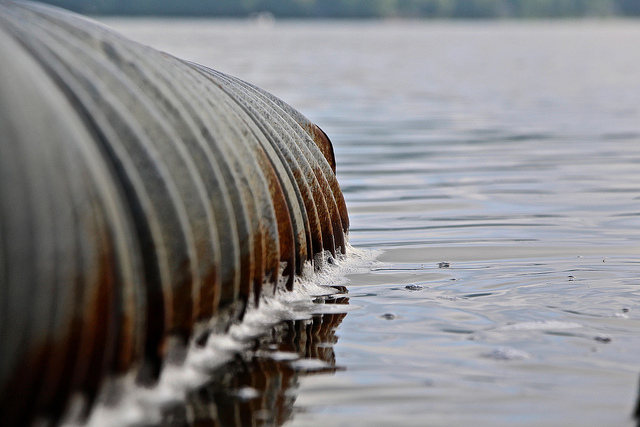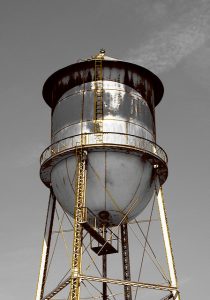
Americans have only to drive on the nation’s roads and highways or across its thousands of bridges to realize the immediacy of the need for transportation infrastructure upgrades. But, there is another segment of public infrastructure assets that is not quite so visible – the nation’s water infrastructure. Government administrators are facing water systems that include thousands of miles of underground pipes, high-above-the-ground storage tanks and a network of pumps and valves that are quickly deteriorating. And the cost to repair or replace them is skyrocketing.

Photo by Kevin Dooley licensed under CC BY 2.0
The U.S. Environmental Protection Agency (EPA) estimates that $682 billion is needed to rehabilitate or replace the nation’s drinking water, wastewater and stormwater infrastructure.
While government officials and community leaders are eager to address water infrastructure challenges, funding for these projects remains at a premium. Local, state and federal funding alone can no longer meet those needs. As a result, many municipalities are collaborating with the private sector through public-private partnerships (P3s/PPPs).
In recent testimony before a U.S. Senate Committee, the president of The National Association of Water Companies stated that private firms have entered into thousands of water infrastructure P3s. He pointed out that these collaborative efforts bring to the table the “best practices, skills, assets and resources of both government and private sectors.” These collaborative efforts have resulted in the highest quality water service and improved water facility efficiencies to help keep up with population growth and increased water demand. P3s also can reduce costs to a municipality as well as shift risks to the private-sector partner.
With some of the nation’s water pipes that are still in use dating back to the Civil War era, it is easy to see why some 650 water main breaks are reported in this country every day, resulting in the loss of 2 trillion gallons of treated water every year at a cost of $2.6 billion. And with drought conditions continuing in many parts of the country, population explosions increasing demand for water and aging infrastructure carrying high-dollar price tags to replace or upgrade, private-sector capital is providing an alternative financial tool for budget-strained government entities.
Because the water industry is more capital-intensive than electricity or natural gas, and because water systems are the most expensive asset a municipality maintains, private-sector capital and public-private partnerships are being welcomed more increasingly by municipal officials.
Municipalities nationwide are facing a growing number of water infrastructure needs. Without additional funding, most of these needs will not be met and the list of maintenance and rehabilitation issues will continue to increase. Public officials should not discount how partnerships that bring private capital to the table can provide solutions to their water infrastructure challenges and can improve the management, efficiency and financial and operational condition of their water-related systems.
